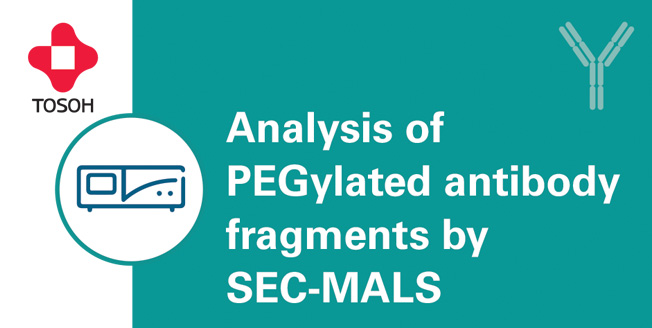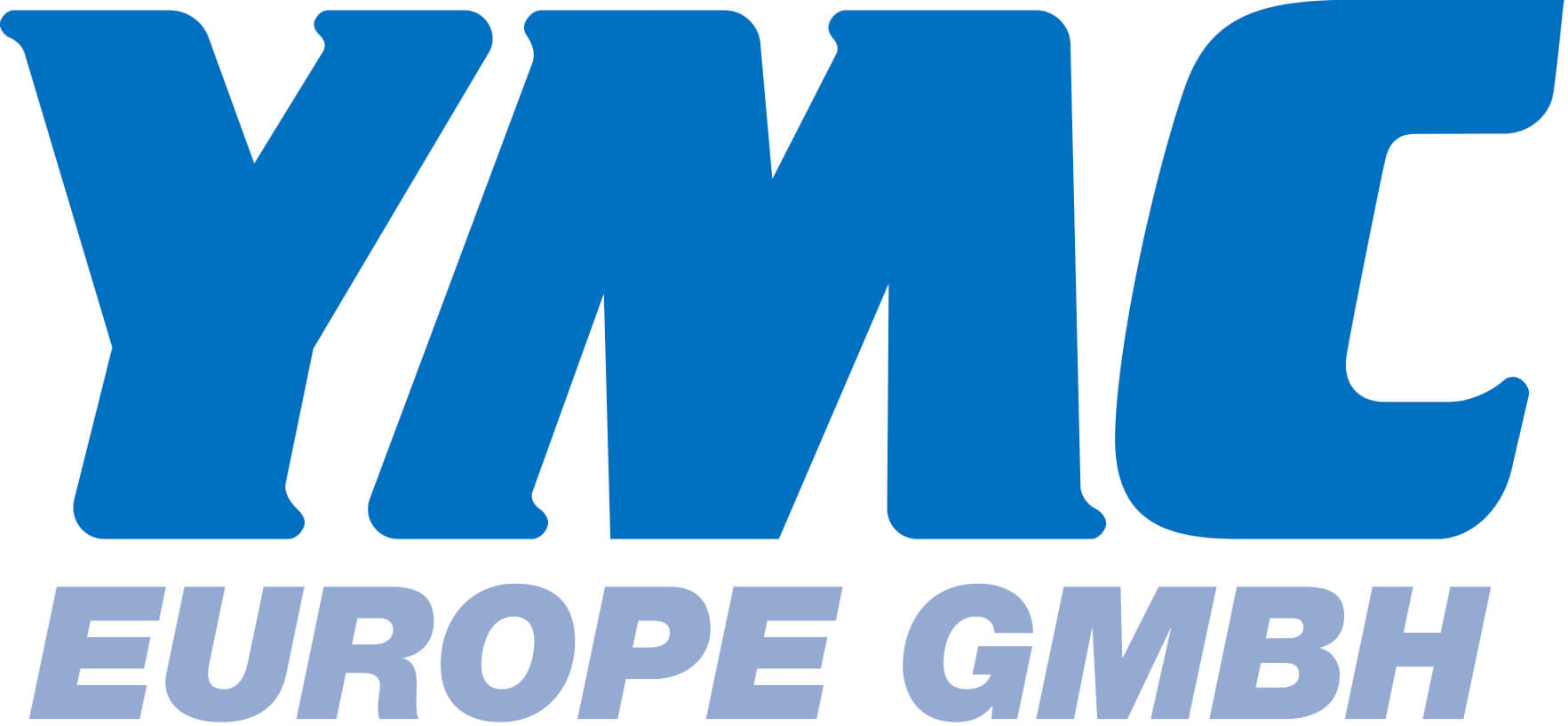
The covalent modification of proteins by conjugating polyethylene glycol (PEG) is an advanced tool to improve the pharmacokinetic behavior of small biotherapeutic drugs such as antibody fragments (e.g. Fabs or scFvs) and peptides. PEGylation is mainly used to improve drug solubility, increase serum half-life, reduce sensitivity to proteolysis, and reduce renal uptake, by masking the physical and chemical characteristics of the biotherapeutics (e.g. its conformation and hydrophobicity) resulting in reduced immunogenicity and new prospects of drug delivery[1].
One major challenge is the complete characterization of PEGylated protein samples. Since the PEGylation reaction is unspecific, mono-PEGylated as well as poly-PEGylated proteins may be present. Furthermore, by evaluating the amount of PEGylated protein, free protein, and free PEG, PEGylation efficiency can be determined, which enables optimization of the PEGylation reaction conditions.
Since PEGylation changes the hydrodynamic volume of the molecule, the proteins with various degrees of PEGylation can be separated by size exclusion chromatography (SEC). In this application note, SEC was combined with multiangle light scattering (MALS), refractive index (RI), and UV detection to calculate the molecular weight (MW) of the individual peaks in PEGylated Fab and scFv samples (Figure 1). This allows the determination of the degree of conjugation (DOC) as well as the analysis of reaction byproducts in the final biotherapeutic product.





